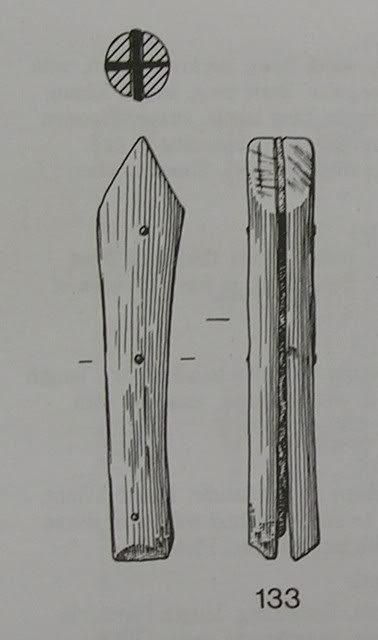
As the blade was gone, I used blades from art and surviving examples of the time as guidelines to generate one that may well have been. The original had boxwood scales held with iron rivets. I did not follow this lead in this piece. Instead, I had some beautiful figured walnut which I used - when sanded to a fine grit and then hand-rubbed with Danish oil, it's just a beautiful wood. Also, a couple of months back, in Gordon's post about his wife's historical knife (link to thread), Peter Johnsson had discussed tubular rivets. Since then, I have been wanting to give this a go... The rivets are 1/8 inch brass tubing, placed in a similar method as described by Peter in his post in the thread referenced above.
So... without further ado...

The blade is heat-treated, tempered, and hand ground out of 6150. It has an overall length of 9 inches, 4 7/8 inches of which is blade. It will make an excellent utility/eating knife.
Thanks to the 14th C craftsman who made the interesting original piece, and to Peter for the nudge to give the tubular rivets a go.
This piece is spoken for.